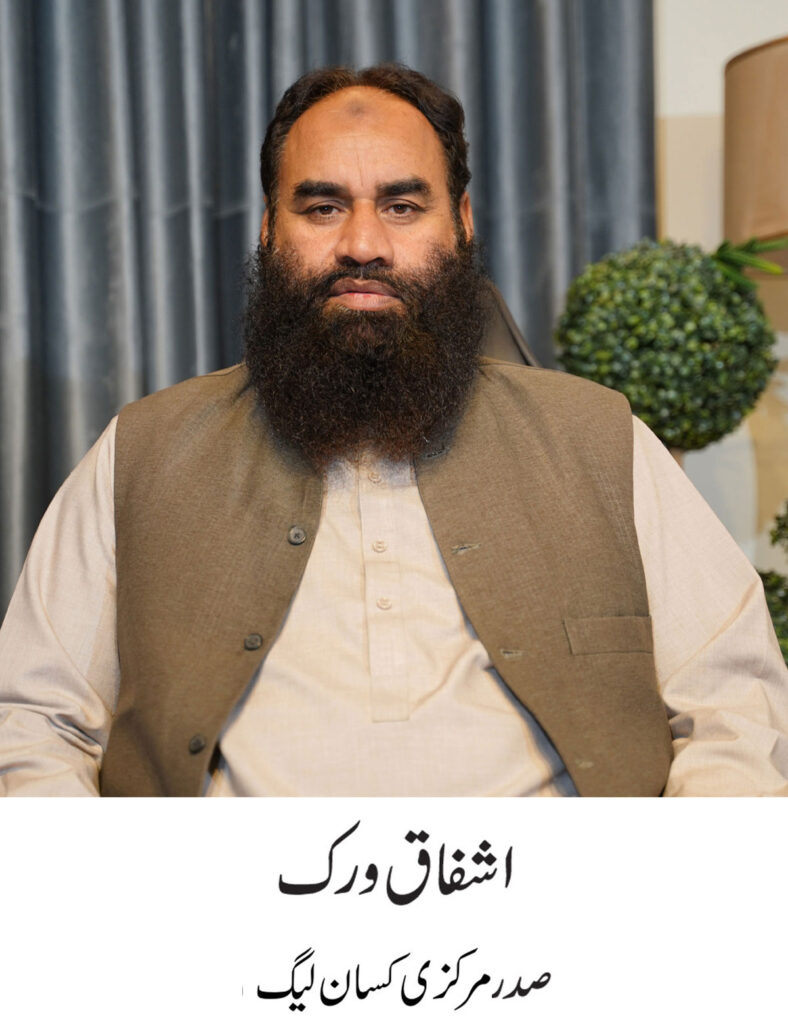
by Muhammad Mohsin Iqbal
Although I was born four years after the Indo-Pak war of 1965, the stories I read and heard throughout my childhood spoke of a resolute Pakistan defeating India from all sides. That war was fought with valor and strategic brilliance. However, the battlefield was only the beginning. India, bruised yet unbroken, resorted to covert tactics after its defeat. It turned to a more insidious form of warfare—a proxy war that would, within a few years, dissociate the eastern wing of Pakistan apart and result in the creation of Bangladesh. History teaches us not to trust the intentions of an adversary whose very identity thrives on enmity.
After almost six decades, Pakistan once again found itself facing the same nefarious design, this time, on May 7, 2025, India committed aggression against Pakistan in the name of Operation Sindoor which forced India to hoist the white flag with the determined spirit of Operation Bunyan al-Marsus. This time too, defeated India cunningly continued the proxy war through stealth. The methods have not changed. Only the region. Where Bengali nationalism was once incited and armed, now Baloch nationalism is also being exploited with the same cunning. The agents are different in name but the same in function. The strategy of insurgency is familiar; fomenting ethnic division, creating distrust against the federation, and facilitating insurgency under the guise of independence.
This is no mere speculation. The statistics speak for themselves. According to the latest biannual data issued by the Home Department of Balochistan, terrorism has surged alarmingly. In just the first six months of this year, a staggering 501 terrorism-related incidents occurred across the province. These attacks resulted in the loss of 257 lives, including 133 security personnel, and left 492 injured—among them 238 security officials. Notably, the number of terrorist attacks rose by 45%, while the targeted killings of non-local settlers doubled, increasing by 100%.
In 14 separate attacks on settler individuals, 52 people were killed and 11 wounded solely because of their ethnicity or perceived affiliation. A total of 81 bombings, hand grenade assaults, IEDs, landmine explosions, and rocket attacks claimed 26 lives and injured 112 more. There were also 39 attacks directly targeting ordinary citizens, killing 11 and wounding 29. In one of the most horrifying incidents, two separate attacks on trains during this period resulted in the deaths of 29 innocent passengers. Even humanitarian efforts were not spared—a polio worker was killed in a targeted attack. Moreover, nine assaults on mobile phone towers injured two and aimed to disrupt basic communication infrastructure.
These are not random acts of violence—they are the hallmarks of an orchestrated insurgency aimed at destabilizing Pakistan internally. The Mukti Bahini, the so-called “Liberation Army” of East Pakistan, was not merely a local movement of discontent. It was a well-orchestrated and externally funded insurgency. Trained and armed under India’s Operation Jackpot, the Mukti Bahini specialized in guerrilla tactics—ambushes, sabotage, and coastal raids—that left the Pakistani military overstretched and disoriented. The role of India’s Research and Analysis Wing (RAW) and Directorate of Naval Intelligence was no secret. Nor was the involvement of Israel, which clandestinely supplied arms in return for diplomatic favours. It was, in essence, an international campaign to dismember Pakistan. The political fuel came from the Awami League, whose leadership—particularly Sheikh Mujibur Rahman—had long been agitating for autonomy and, eventually, secession. Following Mujib’s arrest in 1971, his loyalists formed a sub-faction, the Mujib Bahini, which played an even more direct role in the insurgency.
In a startling moment of candour during his 2015 visit to Bangladesh, Indian Prime Minister Narendra Modi admitted India’s decisive role in the events of 1971. His words—“We fought together, we sacrificed together, and we won together”—laid bare a historical truth that had long been whispered but seldom acknowledged so openly. That confession did not just echo through South Asia; it exposed a doctrine of interventionism that continues to haunt the region today.
The parallels between the Mukti Bahini and the Baloch Liberation Army (BLA) are too striking to ignore. The BLA, formed officially in the early 2000s but inspired by older Baloch separatist movements, mimics the same strategy of asymmetric warfare. The targets have changed—now it is Chinese nationals, infrastructure projects under the China-Pakistan Economic Corridor (CPEC), and Punjabi settlers—but the goal remains consistent; to fragment Pakistan by fomenting ethnic hatred and sabotaging national integration. Their ideology cloaks itself in Baloch nationalism and secularism, yet it reeks of ethnic cleansing and calculated terrorism.
Pakistan has consistently charged and presented evidence of RAW supporting the BLA, drawing parallels with RAW’s involvement with the Mukti Bahini decades ago. The 2016 arrest of Kulbhushan Jadhav, an Indian naval officer, in Balochistan added weight to these claims. His confession outlined how Indian intelligence financed and supported Baloch militants to destabilize the region. Reports have also surfaced about BLA operatives receiving medical treatment and logistical aid in India. Just as East Pakistan’s insurgents were provided with training camps and safe havens in the past, today’s separatists are reportedly granted covert sanctuaries.
What is most alarming is the violence against civilians. In the name of liberation, the BLA has repeatedly targeted non-Baloch communities, particularly Punjabis. Innocent laborers, engineers, and traders have been massacred for the sole reason of their ethnicity—an act that betrays the very idea of political resistance and exposes the ethnic hatred that lies at the core of the movement. CPEC, a project vital to Pakistan’s economic future, has become a battleground not just for geopolitical rivalries but for domestic terror, with Chinese workers being abducted and killed as a message to both Islamabad and Beijing.
It is easy to lay the blame solely on external actors, and while that blame is largely justified, we must also examine our own role in allowing such fissures to grow. Some state functionaries, through neglect or incompetence, may have allowed space for such insurgent sentiments to fester. Yet the ultimate cost has always been borne by Pakistan itself. It is our soil that bleeds, our citizens who suffer, and our unity that is threatened.
In both 1971 and today, the enemy did not attack from across the border—it first entered the minds and hearts of our own people. This makes the challenge all the more profound. Pakistan cannot afford to ignore these warning signs, nor can it continue to treat them as isolated incidents. The battle is not merely for land; it is for the soul of the nation.
Let history not repeat itself through our own silence or inaction. Let us remain vigilant, united, and wise to the lessons of our past. For if the price of liberty is eternal vigilance, then the cost of forgetfulness is national disintegration.




